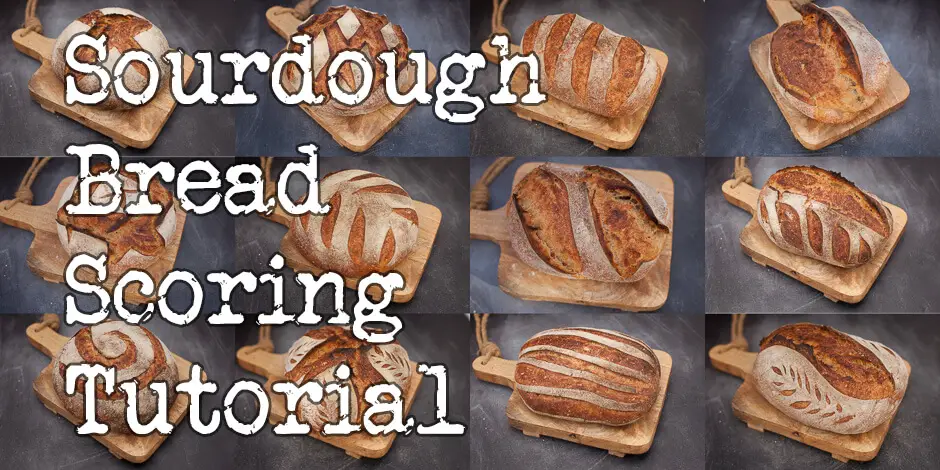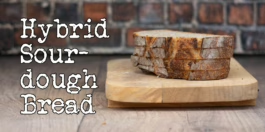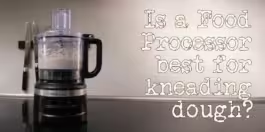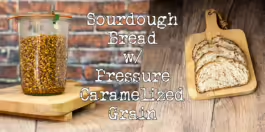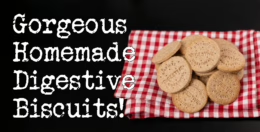So, you are getting into sourdough baking. You’ve been nursing your dough, stretching and folding it carefully, watching it grow light and bubbly, shaping it, putting it into bannetons, and sticking it in the fridge. It’s time to bake. You take it out and put it onto some parchment paper to score it. You freeze. You have no idea how to do it. It’s time to read my sourdough bread scoring tutorial.
Scoring bread is like a baker’s signature. It gives your bread a significant look that people will recognize. Scoring also helps your bread expand and gives you amazing oven spring and a lighter crumb, at least with some scores. It really depends on what you are going for.
If you want to see how all the scores are done with living pictures, I have a video on my YouTube channel that shows them all.
Tools for sourdough bread scoring
Ad Links
The links for ingredients/items in this section are affiliate links,
which means I will get a commission if you purchase the product!
To make proper scores, you really need an ultra-sharp razor blade and something to hold it. The holder is called a lame or a baker’s lame.
There is no practical reason to get an expensive or specialty lame, except maybe the Wire Monkey UFO, which is super practical for artistic scores. That being said, you can easily tinker one together with two round pieces of wood, a screw, and a nut. It probably won’t look as beautiful though. Unless you are a wood carving master, that is.
The last thing that’s important is being able to maneuver the dough around so you don’t have to score at weird angels. It’s much easier to cut from the top to the bottom than trying to cut from the bottom to the top with the lame upside down. A cake turntable or a lazy susan is great for this.
The three things you will need are:
How to practice sourdough bread scoring
A way to learn how to score sourdough bread is to practice the movements that go into making the actual scores without using dough. If you only bake once a week, it makes it easier to practice often.
One way to do it is to imagine having the bread in front of you and performing the cuts with the lame in your hand.
Another way to practice it is to draw a boule or bâtard on a piece of paper and perform the cuts using a sharpie as a faux lame. I’ve made PDF templates for a boule and a bâtard that you can download and print yourself:
The template for practicing scores on boules can be downloaded by pressing this button:
The template for practicing scores on bâtards can be downloaded by pressing this button:
The importance of dough development in sourdough bread scoring
When you bake sourdough bread, there are certain things that are important to get the right results. The actual scoring is important for oven spring, for example.
To score your sourdough bread properly, you first need to develop the gluten in your dough properly, ferment your dough for the right amount of time, and shape your bread properly.
I’ve created a guide that explains how to get an amazing oven spring every time. If you already get nice bread but want to improve your scoring, read on.
Index of sourdough bread scoring
The index is here for your convenience. When you come back here, you can easily jump to the type of score you’d like to see. Just click the name, and you are automatically transported to the description for that score.
Boules (round loaves)
Bâtards (cigar-shaped loaves)
Boules can have gorgeous sourdough bread-scoring
The Cross
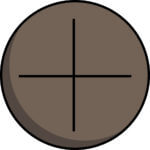
The cross is probably one of the easiest scores, except if you count “the line,” which is essentially a half cross.
This score makes the bread open up nicely. The lame is held at a 90° angle (counting from the table), so you hold the blade straight down. If you’d like to promote an ear, you can tilt the blade a bit to the left or the right. There is more on ears in the bâtard section.
You execute it by cutting from the middle top of the dough down to the middle bottom. Then you turn the dough 90° and repeat the cut. It’s super simple.
This is how it looks after it’s baked. I think it’s a nice and simple score, that looks good.

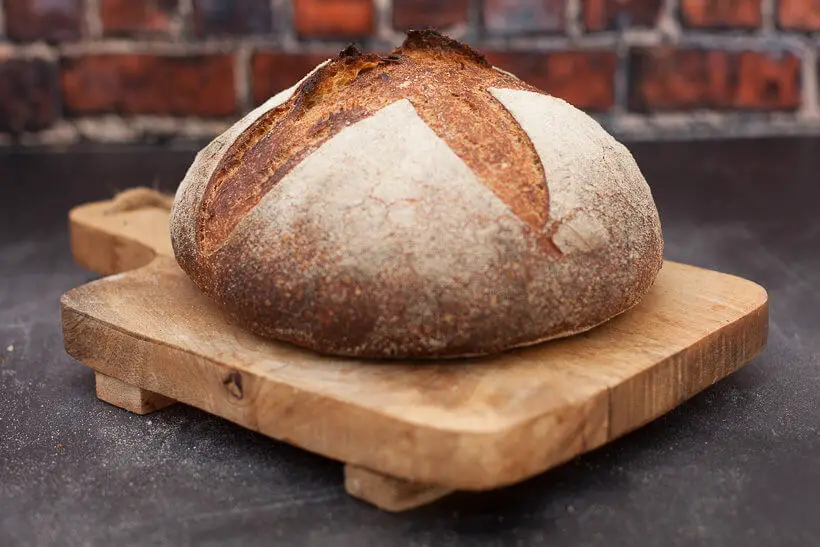
Diamond Crosshatch
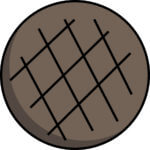
A diamond crosshatch is probably my favorite score for boules. When you have a great oven spring, it really opens the bread up. It kind of looks like an exploding planet. Every score opens up with gluten strings. It just looks really cool.
This is how to execute this score: hold the lame straight down. Cut several parallel lines on your boule, as many as will fit comfortably on the dough, with about 2.5 cm/1 inch in between each score. Then, turn the dough around 30° and repeat this with several parallel lines that fit.
This is how it looks after it’s been baked:
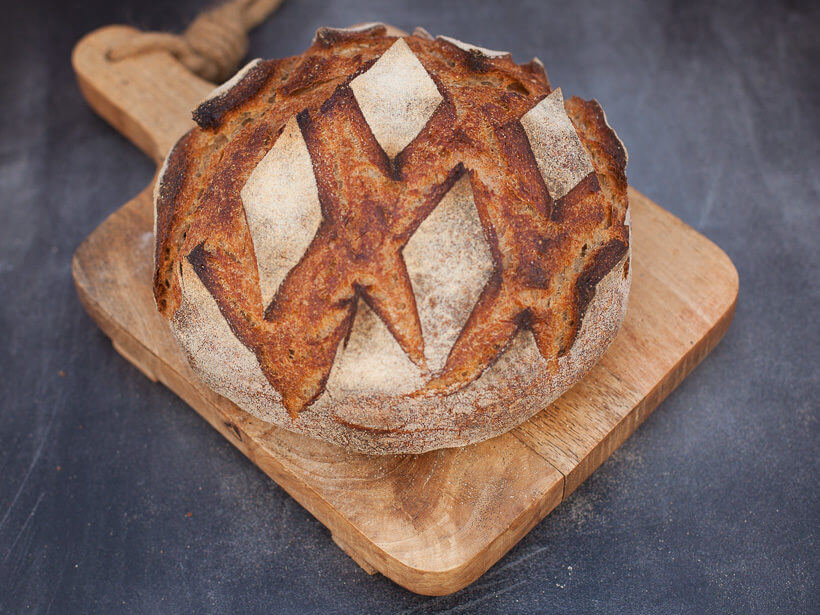
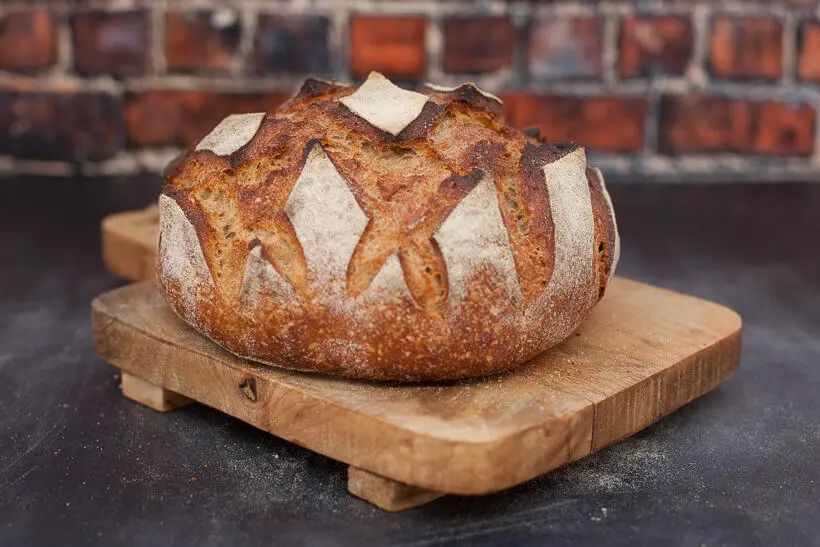
Windowpane

The windowpane—no, it’s not related to the gluten development test. It’s pretty simple to do, but it makes gorgeous bread. The cross on the top is optional, or if you want to get fancy, you could maybe do a little wheat stalk inside the windowpane.
This is how you execute it: hold the lame straight down and cut two parallel lines in the dough. Turn the dough 90° and repeat the same two scores. Finish by doing an ornament inside the windowpane.
This is how it looks after it comes out of the oven:
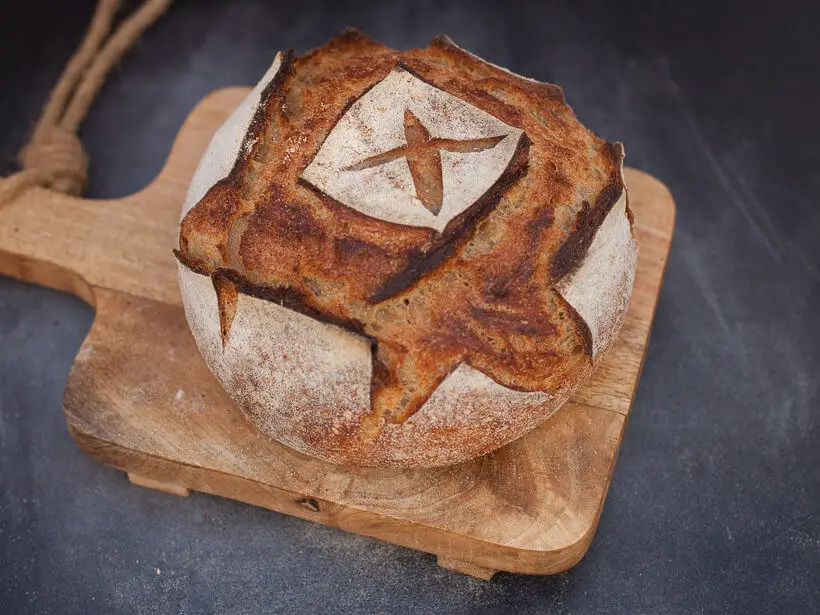
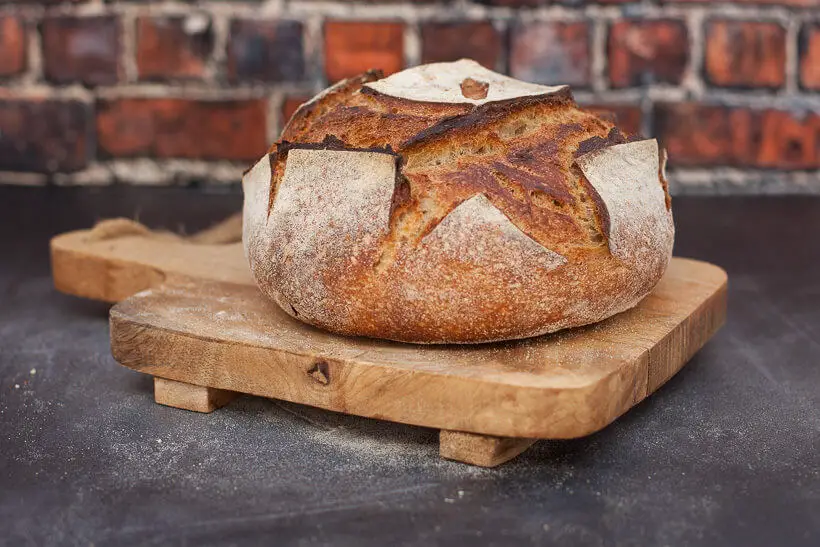
Leaf Cut
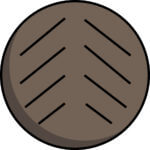
The leaf cut makes your pretty round bread resemble a leaf. This is a little bit harder to do, so if you are new to scoring, you should probably choose some of the earlier ones. It does look great, though, so once you are a bit more familiar with your lame, you should absolutely try this one.
This is how you execute it: imagine a line going through the middle of your dough. Start on either side and cut some lines about 45° on that line. Turn the dough around and mirror the design on the other side of the imaginary line.
This is how the bread looks with the leaf cut. Isn’t it great?
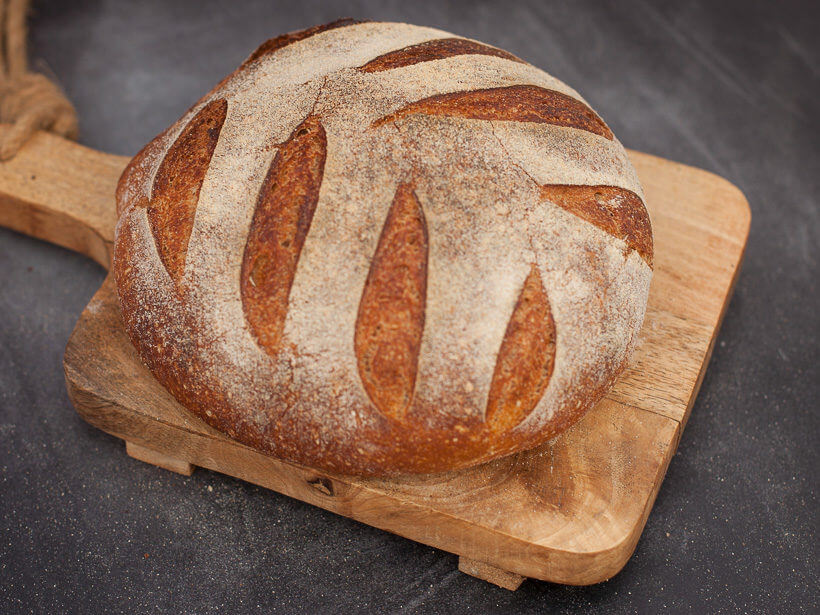
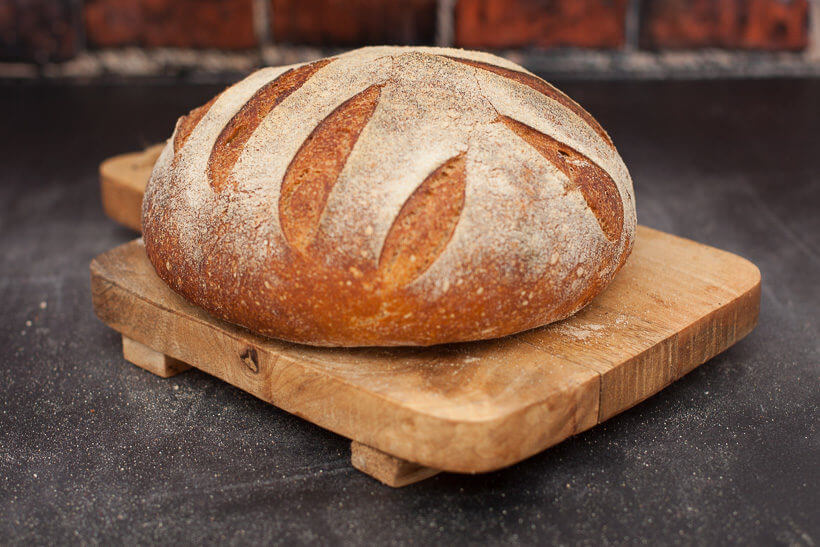
The Spiral
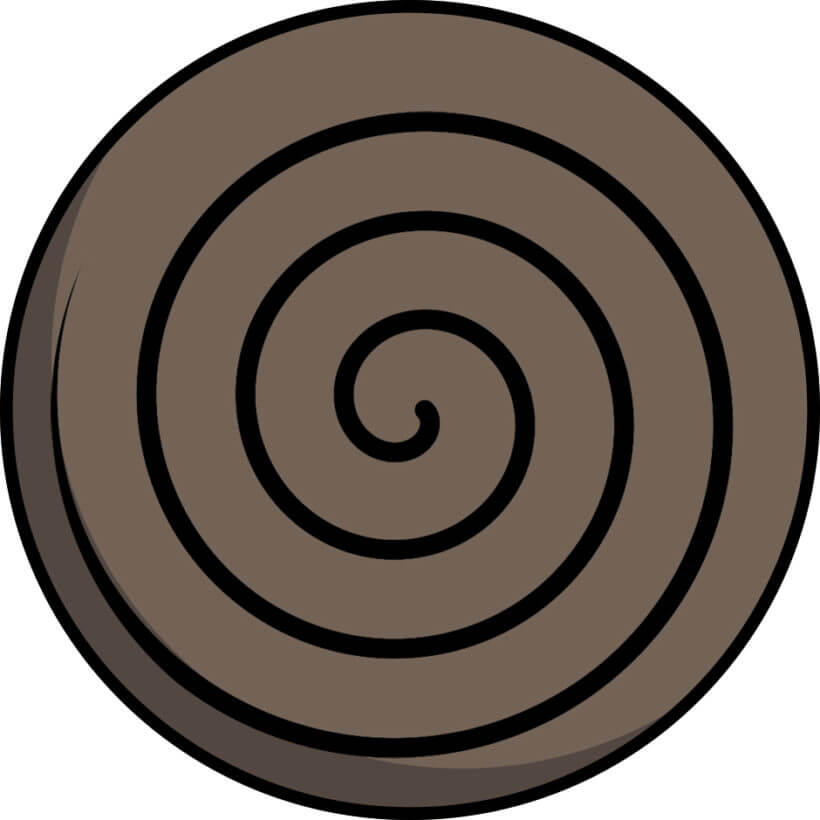
The spiral is not your garden variety score, and it’s more difficult to do than the previous ones. With this one, you will really need a cake turntable, as you can probably see if you watched my video on how to do these scores.
Here’s how you execute this score: put the lame into the middle of the dough. Start by spinning the dough around while you move the lame closer and closer to the edge. The hard part is moving the turntable at a steady pace while moving the lame outwards at the same time.
This is how it looks after it’s baked:
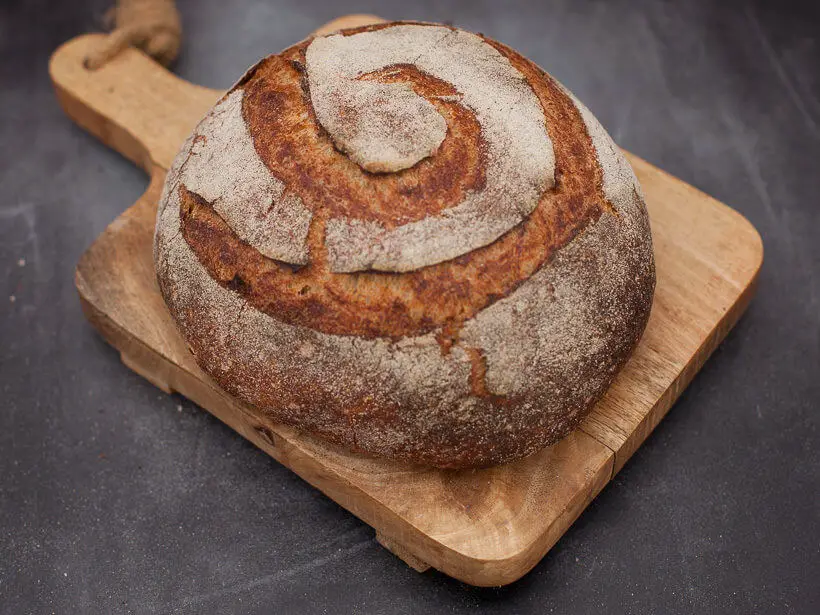
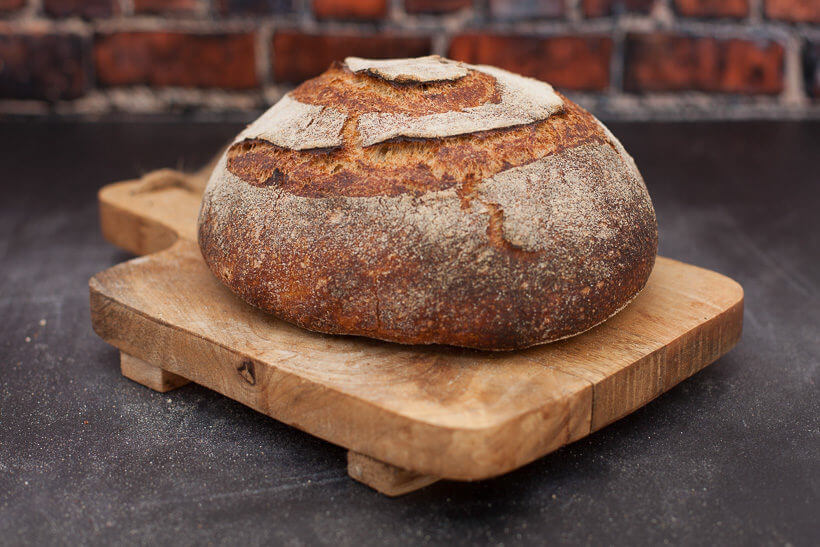
Artistic Score
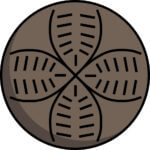
Artistic or frilly scores are not just one type of score but whatever you want them to be. This is like the level 10 of scoring, and maybe it’s over 9000? I got started after following a tutorial by Anna Garbor, which showed how to get started with frilly scores. This one is inspired by the one in her video but is designed to open up in the middle, which I really like in sourdough bread.
Here’s how you execute it: Using some butcher’s twine as guidelines, make a cross on the dough. On each line, cut a wheat stalk. After you’ve cut all four stalks, cut lines around them so that they are encased. Make sure that the middle of the dough is cut free so the bread can open there.
Look at this thing. Isn’t it just gorgeous?
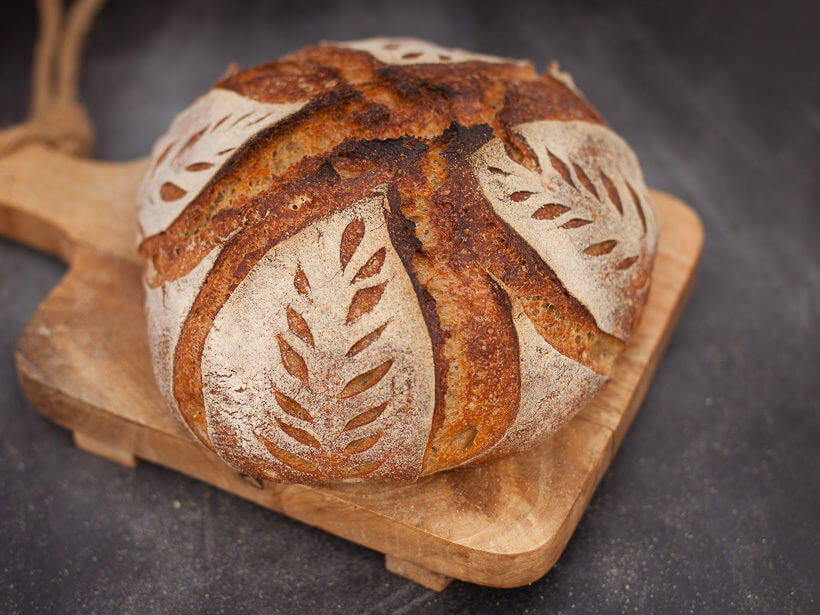
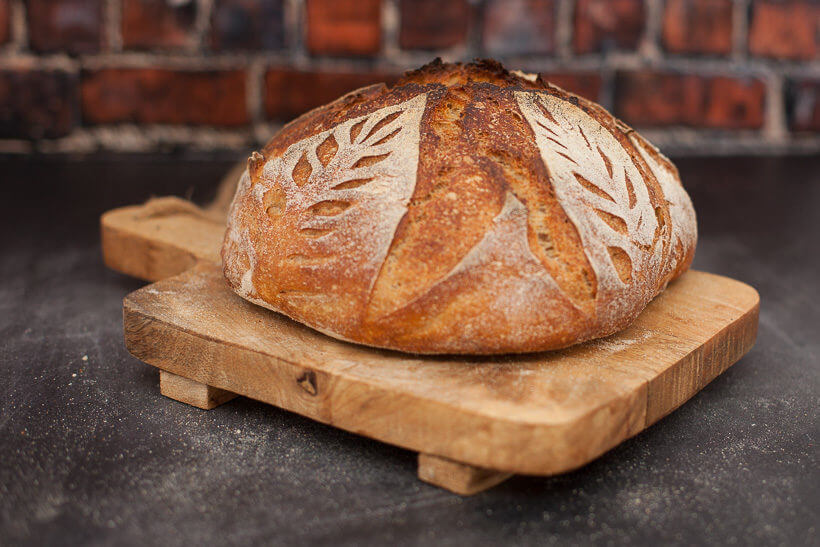
Amazing sourdough bread scoring for bâtards
Diagonal Saucisson
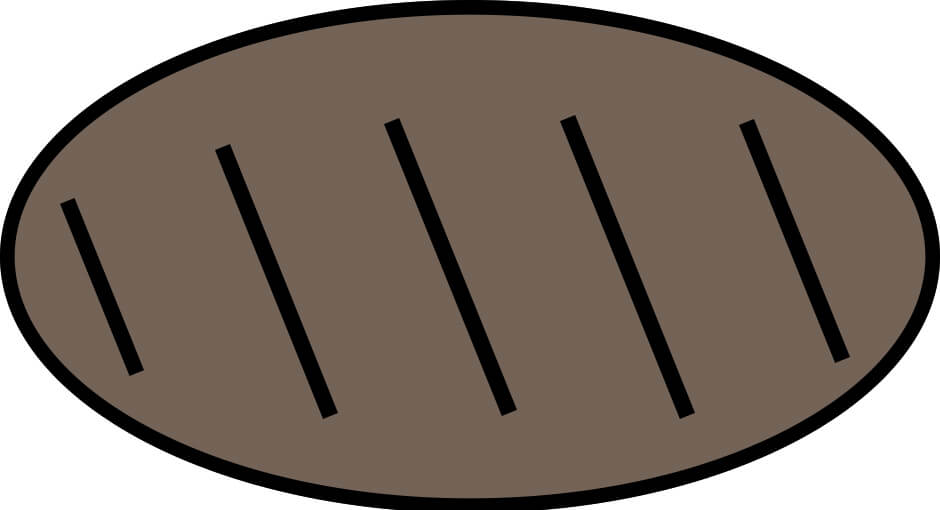
Saucisson means sausage in French. The resulting scores kind of look like sausages. This is a super easy design with the classic French bread score.
Here’s how you do it: hold the lame straight down. At about a 65° angle, score parallel lines from one end of the dough to the other.
This is how it looks after it’s baked:
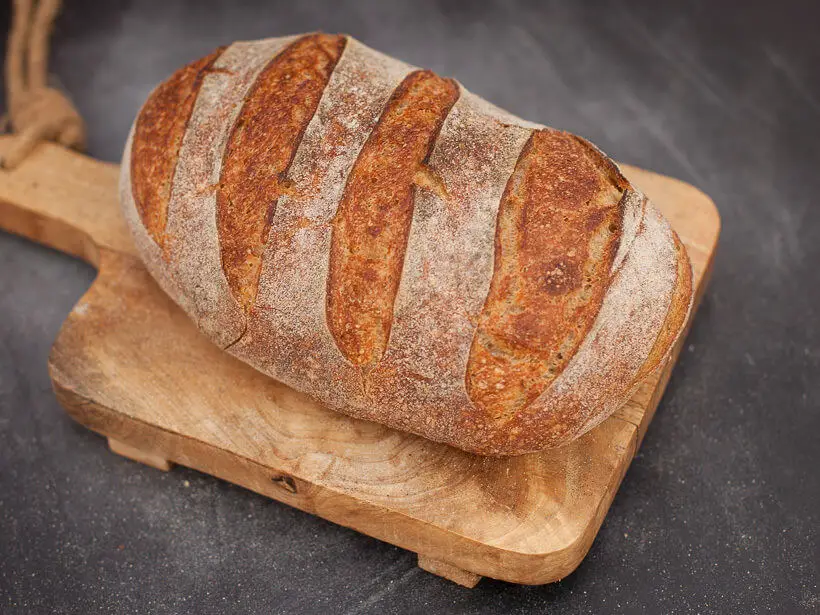
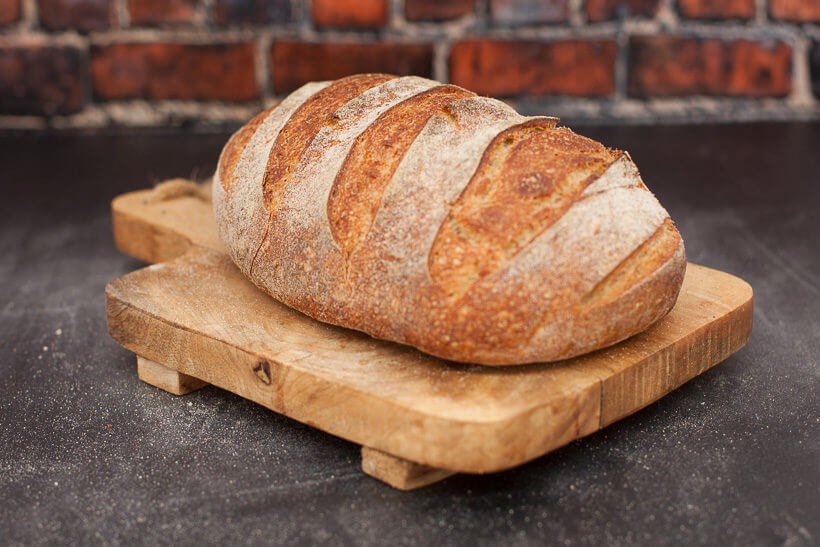
Ear
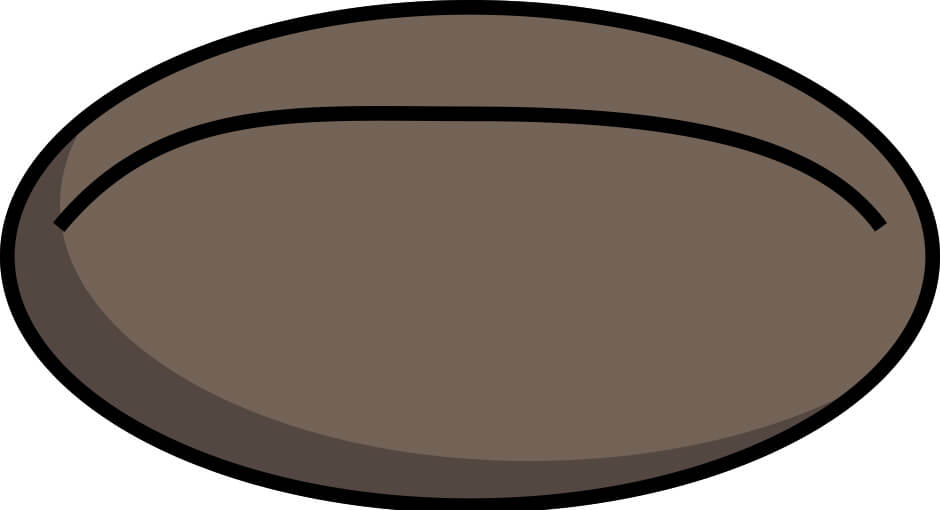
People love ears. No, not the ones on the side of your head, but a score that opens up and lifts the crust. It seems to be very coveted by bakes, but it is really not that difficult.
Here’s how you execute it: hold the lame at around a 30° angle (where the table is 0°). Score from the end of the dough furthest from you and go all the way to the front. Go over the score and deepen it a bit to open up even more.
Here’s how it looks. See how the part of the bread that was almost all the way down by the bottom has now been lifted all the way to the top of the loaf? Those yeastiest in your starter are amazing!
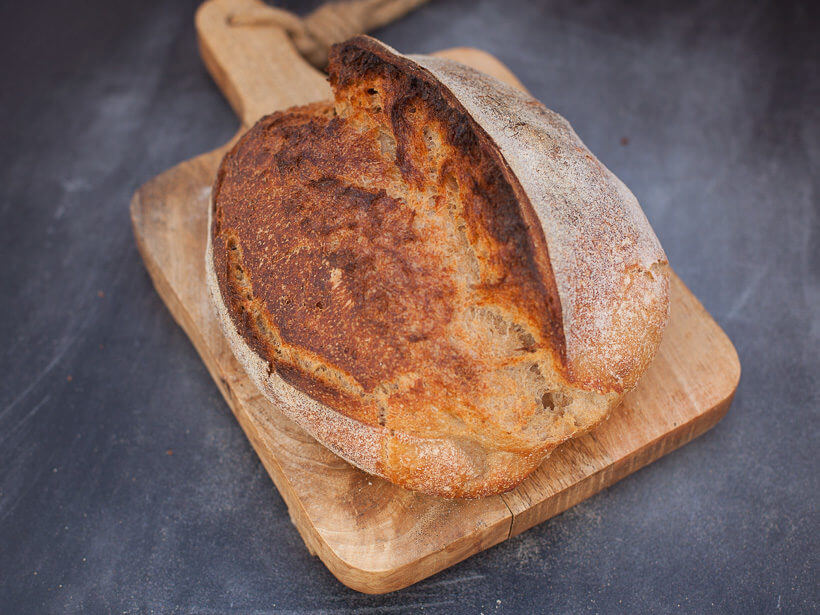

French Cut
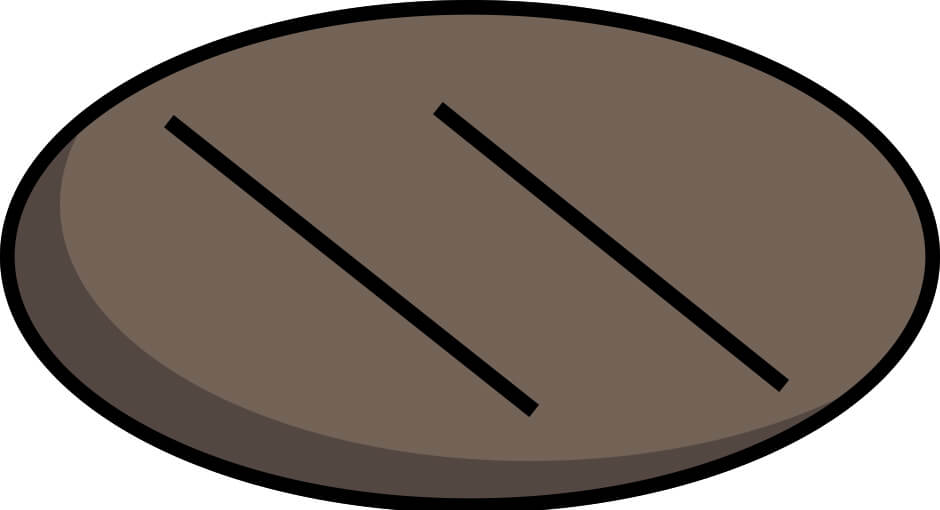
The French cut is my favorite bâtard score. It looks so beautiful.
Here’s how to execute it: hold the lame at a 75° angle. Score a long line from the top of the dough about 45° on the dough’s long edge (or short, I guess). Move further down the dough. Maintain the angle. Start the cut of the second line so it overlaps the first line by a bit.
Here’s how it looks after it’s baked:
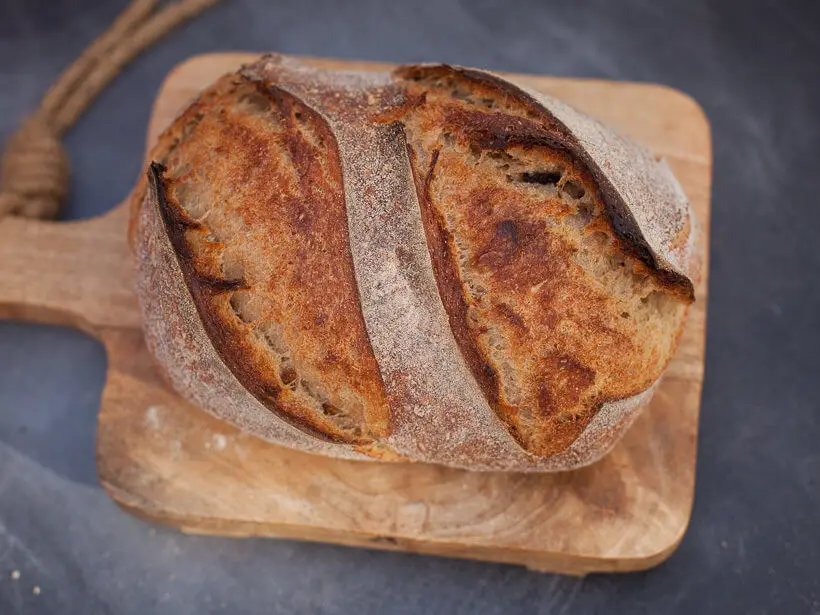
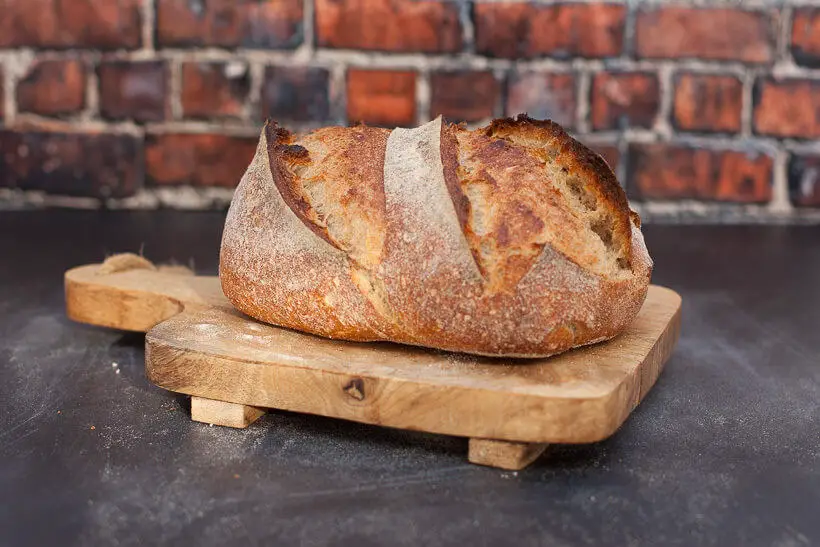
Leaf Cut
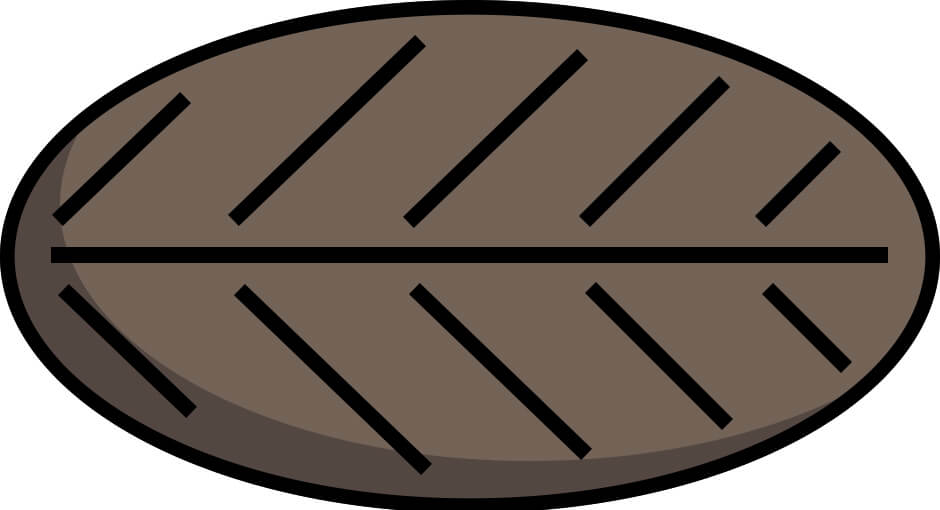
The leaf cut on the bâtard is a variation of the leaf cut on the boule, but this has a middle score where the bread can open up.
Here’s how you execute it: start with the dough with the short edge facing you. Cut straight down, starting at the top and cutting all the way down to the bottom. Move the dough 45° to the right and cut parallel lines 45° on the straight line. Turn the dough 180° and mirror the lines from the other side.
This is how it looks after it’s been baked:
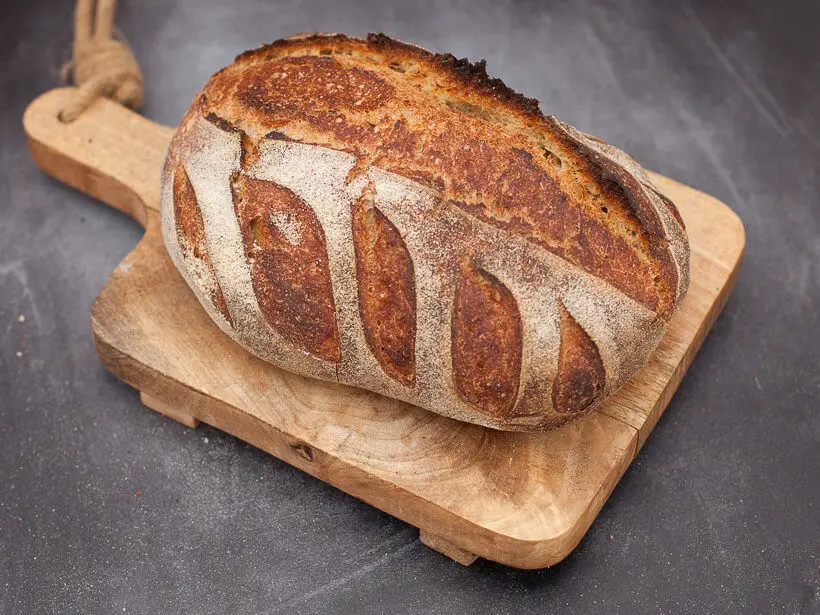
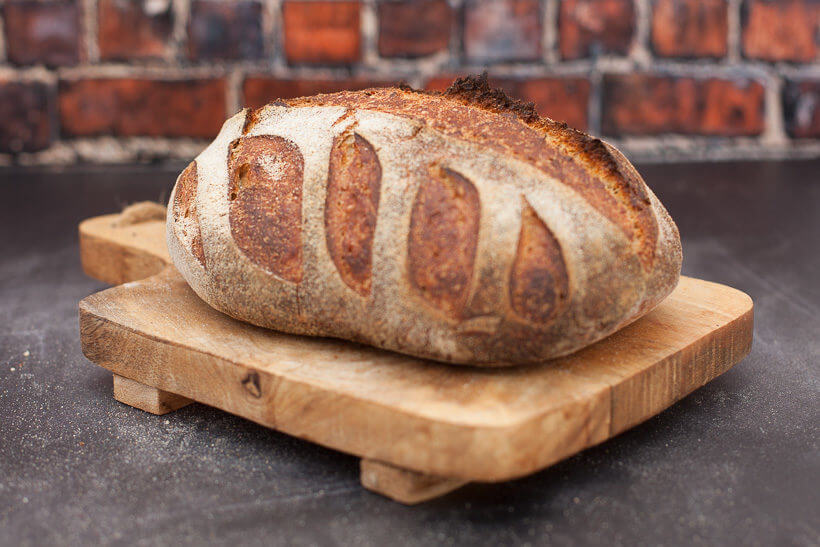
Straight Saucisson
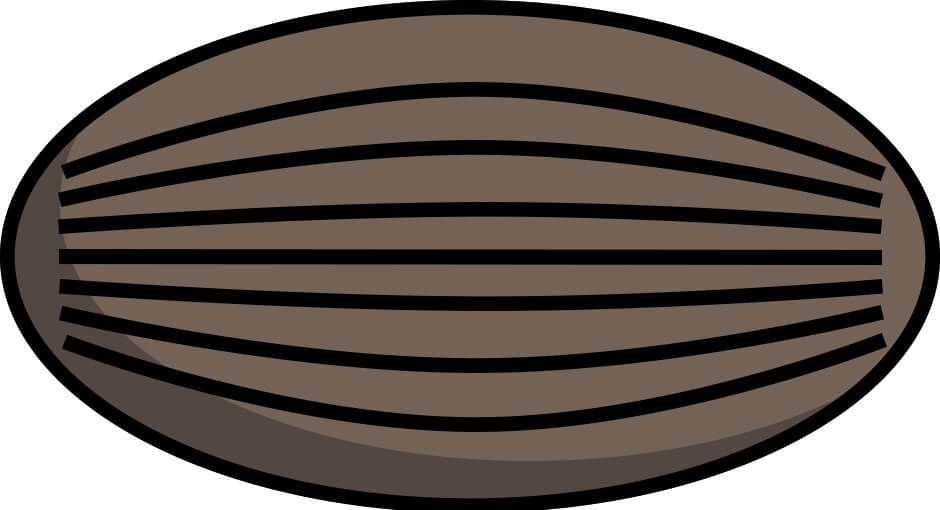
The straight saucisson is also a gorgeous score. I have no idea how this one is supposed to look like sausages, but who cares when the bread looks this good?
This is how you execute this one: have the dough’s short end facing you. Hold the lame straight down and do a cut in the middle, all the way from the top all the way to the bottom. Go to about halfway between the edge of the dough and the middle cut on the right side and repeat the cut.
Now, go about halfway between the edge and the middle cut on the left side and repeat the cut. Fill in the remaining empty spaces with cuts—four more in all.
This is how it looks in baked condition:
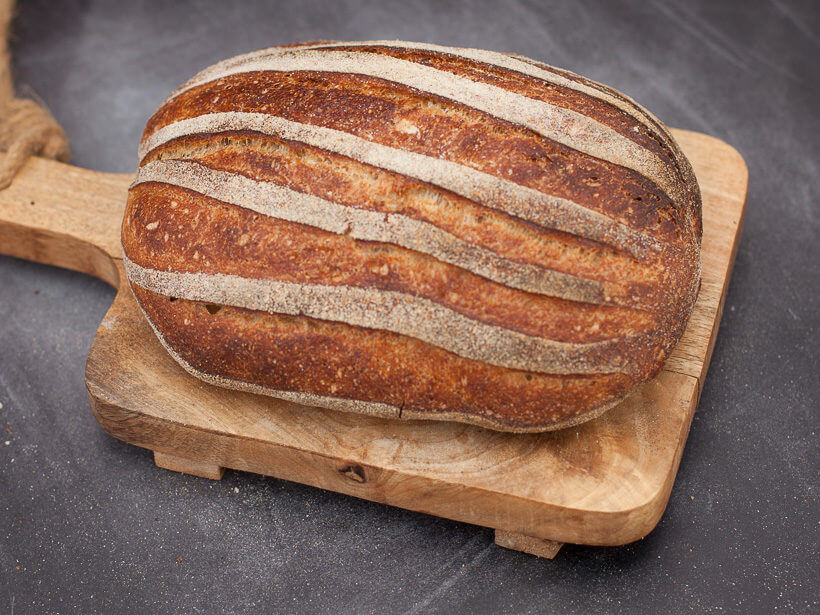
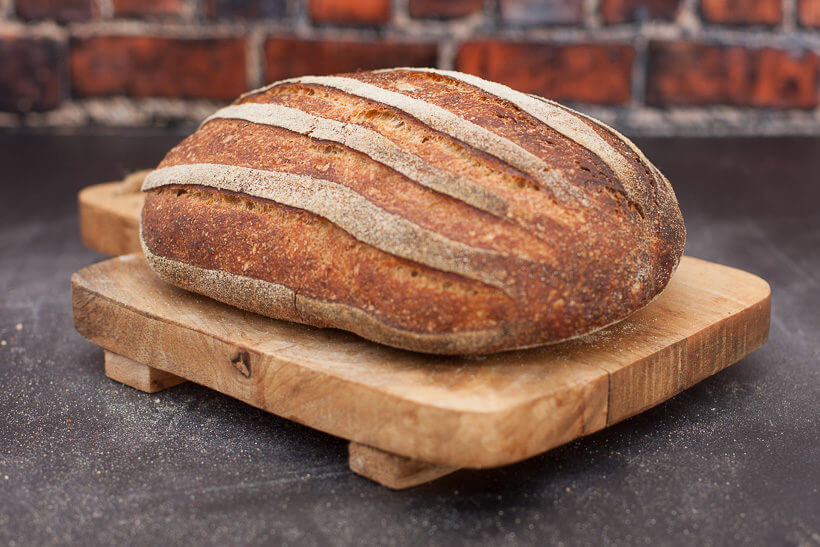
Artistic Score

This is my very own artistic score for a bâtard. I really like it because it allows the bread to open up in the wavy middle score.
This is how you execute this score: have the dough with the short end facing yourself. Do a long wavy line starting from the top all the way to the bottom. Turn the dough 90° to the right and score a wheat stalk on the empty space. Turn the dough 180° and repeat the wheat stalk. You do it the exact same way as the other one so that the wheat stalks end up mirrored on the bread.
This is how it looks after it’s completely done:
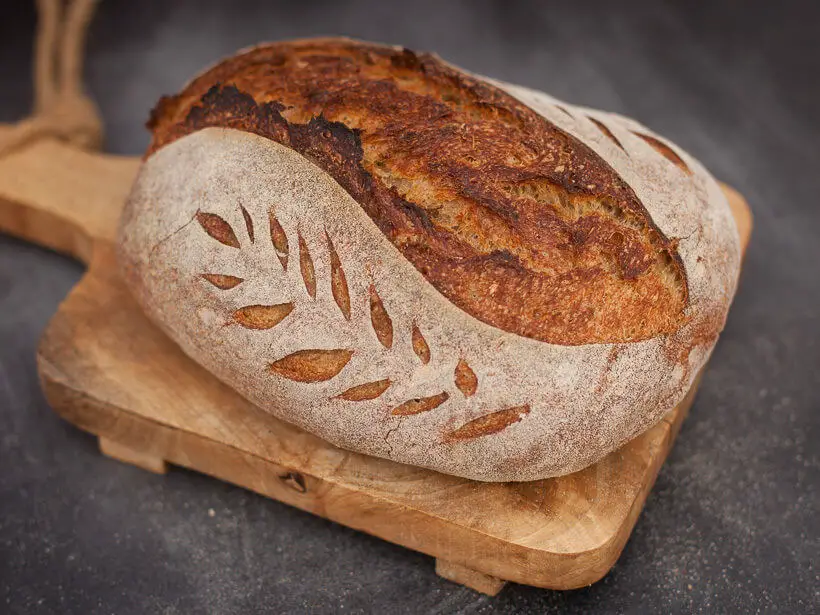

The recipe
The recipe I’ve used for all 12 loaves of bread is my “the world’s easiest sourdough bread,” using freshly milled whole grain flour for the whole wheat part.
Essentially, the dough is just mixed the day before and rests on the counter until the next day, when it’s divided, pre-shaped, and then shaped and put into bannetons. Then, I turn on the oven and put all the bannetons in the fridge while they wait.
Conclusion on sourdough bread scoring
So, that’s how you execute both regular and fancy sourdough bread scoring.
I hope you learned something new today. If you are not completely sure how to execute the different scores from the descriptions and templates, watch the video here:
There are timestamps in the description of the video so you can jump to the score you want to check out. Or you could watch the entire video, it’s quite relaxing in my opinion.
Please share on social media to let others learn about sourdough bread scoring
Now, you should have the skills to score sourdough bread well. If you found this useful, please consider sharing it with fellow bakers on social media. That would make me very happy.



